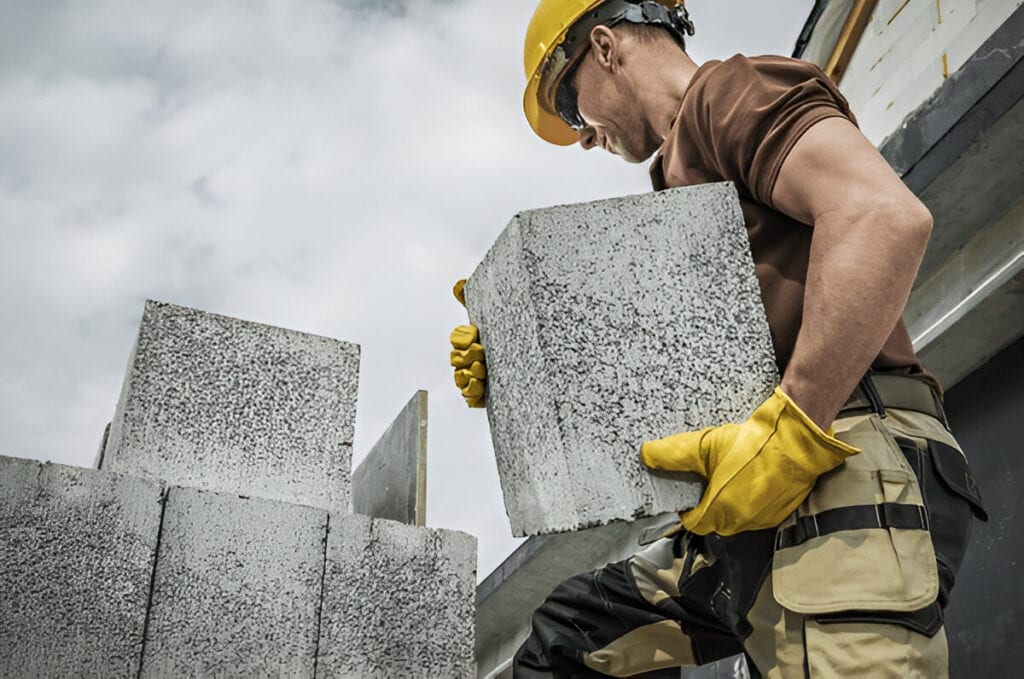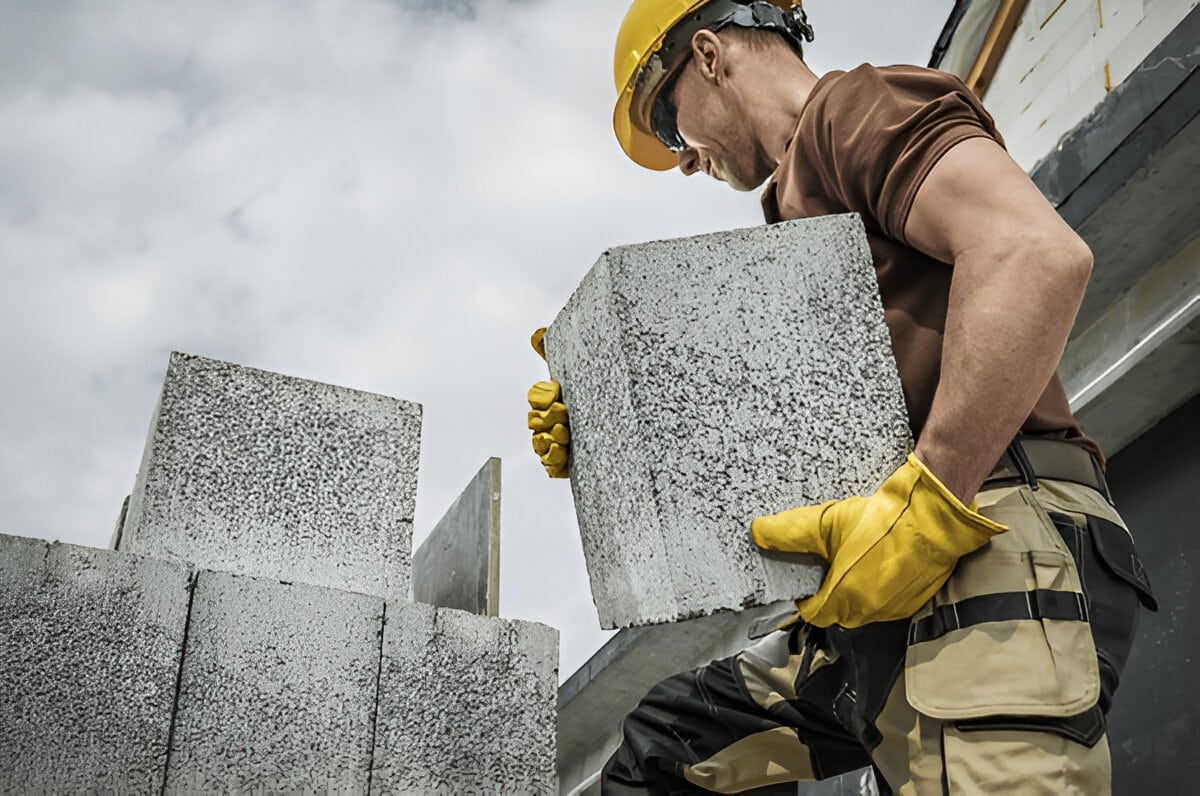Have you ever looked at a city skyline and wondered just how much concrete it takes to build all those towering skyscrapers, bridges, and highways? If you stop and think about it, concrete is everywhere. It’s in the buildings you live and work in, the sidewalks you walk on, and even the dams that generate electricity for your home.

But have you ever asked yourself just how much of this tough, gray material we use? The answer is mind-blowing.
Concrete: The Backbone of Modern Construction
Concrete is the most widely used building material in the world. In fact, experts estimate that we use around 30 billion tons of concrete every year.
That’s enough to build a sidewalk that could wrap around the Earth nearly 2,000 times! To put it in perspective, if concrete were a country, it would be the third-largest producer of carbon emissions, right behind China and the United States. That tells you just how much of it we rely on.
Where Does All This Concrete Go?
Look around your town or city. Every road, bridge, house, and office building needs concrete. One of the biggest users of concrete is the construction industry. Skyscrapers, for example, need tons of it to stand strong against wind and earthquakes. The Burj Khalifa, the tallest building in the world, used about 330,000 cubic yards of concrete. That’s enough to fill 132 Olympic-sized swimming pools!
Highways are another big reason we use so much concrete. In the United States alone, we have about 4 million miles of roads, and a large percentage of them are made with concrete. A single mile of a four-lane highway can use up to 40,000 cubic yards of concrete. And then, you have airports, bridges, and tunnels—each requiring thousands, sometimes millions, of tons of concrete.
The Demand Keeps Growing
Concrete use isn’t slowing down. With growing populations and expanding cities, the demand for new buildings, roads, and infrastructure keeps increasing. China, for instance, used more concrete in three years (from 2011 to 2013) than the United States used in the entire 20th century! That’s hard to wrap your head around.
The world’s largest dam, the Three Gorges Dam in China, took about 37 million cubic yards of concrete to build. That’s more than the entire annual concrete consumption of some countries. These massive projects show just how much concrete plays a role in shaping the world we live in.
Why So Much Concrete?
Why do we use so much concrete? The answer is simple: it’s strong, durable, and relatively cheap. Unlike wood, concrete doesn’t rot or get eaten by termites. Unlike steel, it doesn’t rust. Plus, it can handle extreme weather, from scorching heat to freezing cold.
Concrete also lasts a long time. Some of the world’s oldest structures, like the Pantheon in Rome, were built with ancient concrete and are still standing after nearly 2,000 years. Modern concrete, with its improved formulas, can last even longer if maintained properly. So when you build with concrete, you’re building something that can stand for generations.
The Environmental Cost of Concrete
For all its benefits, concrete does have a downside—it’s not the most eco-friendly material. Making concrete releases a lot of carbon dioxide (CO2). The cement industry alone is responsible for about 8% of global CO2 emissions. To make cement, which is the key ingredient in concrete, manufacturers heat limestone to over 2,700 degrees Fahrenheit, releasing large amounts of CO2 into the air.
But don’t worry, scientists and engineers are working hard to make concrete greener. Some companies are experimenting with carbon-capturing concrete, which absorbs CO2 from the air as it hardens. Others are finding ways to recycle old concrete instead of dumping it in landfills. In the future, you might walk on a sidewalk made from recycled materials that actually help clean the air!
The Future of Concrete
As cities grow and technology advances, concrete will continue to play a major role in shaping our world. Engineers are now developing self-healing concrete, which can repair its own cracks, making roads and buildings last even longer. There are also new types of concrete that are lighter, stronger, and more flexible, making them perfect for earthquake-prone areas.
Final Thoughts
So, the next time you walk down the street, drive on a highway, or look up at a towering skyscraper, take a moment to appreciate the concrete beneath your feet. It’s one of the most important materials in the world, and without it, our cities and infrastructure wouldn’t exist. With billions of tons used every year, concrete is the silent foundation of modern life—and it’s not going anywhere anytime soon.
Now that you know just how much concrete is used in construction, you’ll never look at a sidewalk the same way again!

